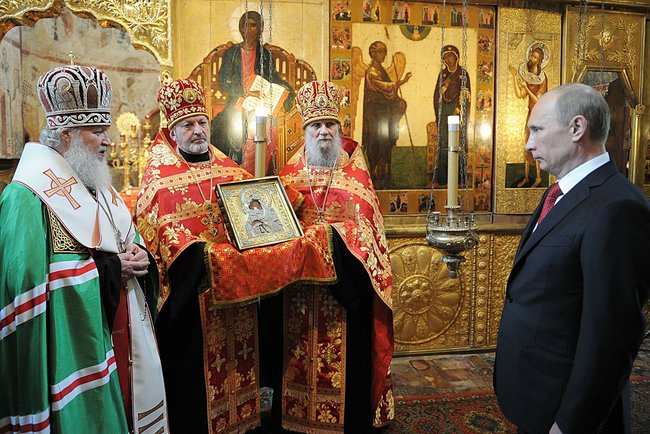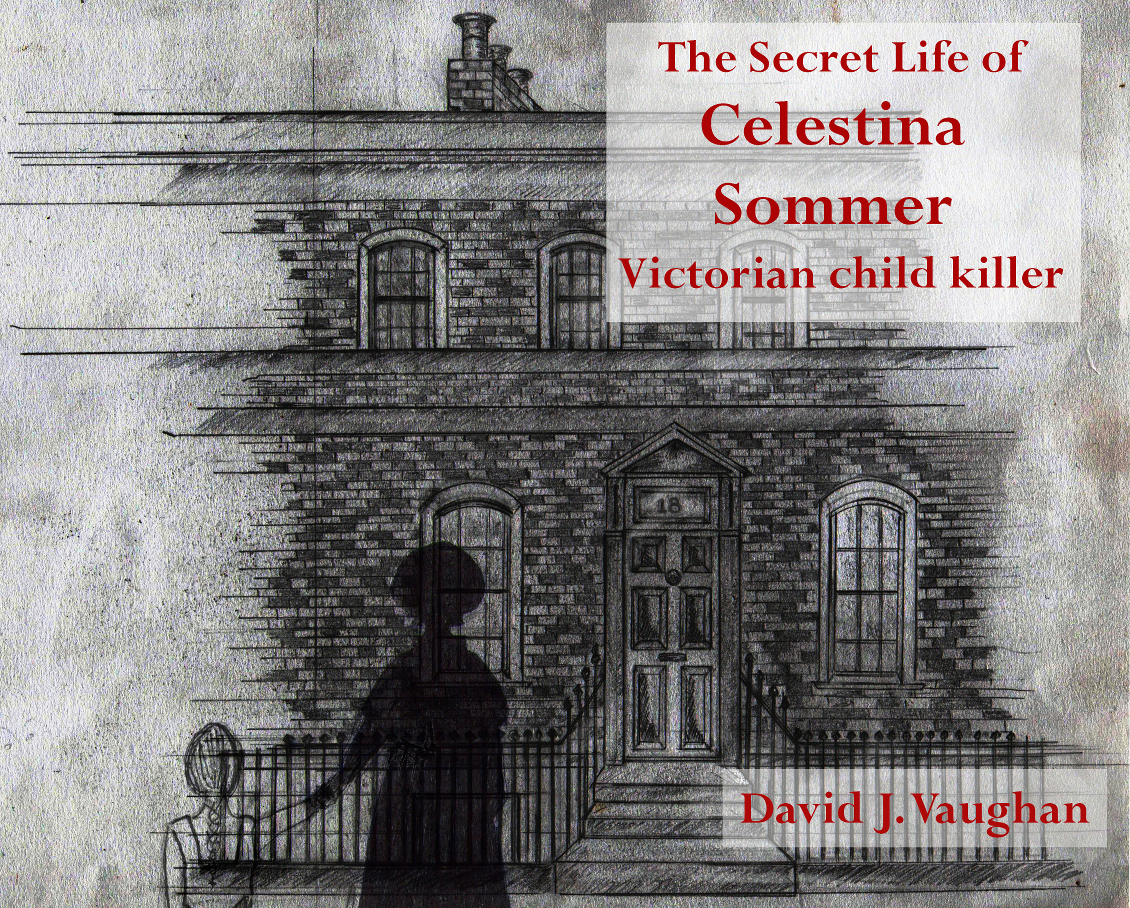Perhaps because of his ties to the former KGB, Vladimir
Putin has built a strong bond between the Orthodox Church and the Russian
State. He has voiced support[5]
of increasing the political influence of the Church, and the Church has voiced
their support of him in turn. The Patriarch, rather than fearing execution,
like his predecessors, now walks the halls[6]
of the Kremlin in return for bringing the votes of the faithful.
The orthodox people of Russia no longer fear the desecration
of their holy sites by their government, but rather call for support in
protecting them. There are scientologists are facing possible legal action on
behalf of the Orthodox Church against their worldwide expansion efforts[7].
Russians protesting these Scientology proselytization efforts claim[8], “…anyone who cares about the survival of Russia
must join the body of the Russian Orthodox Church.” Mere decades ago the same
statement would have brought the KGB to your door.
Already by 2006, Russia boasted an impressive 27,000 Orthodox
parishes and over 700 monasteries. Religion is uncharacteristically popular with the youth[9], as it helps them establish a cultural identity and
connects to the international Russian community. As of 2007, the Moscow
Patriarchate has brought the Russian Orthodox Church Outside Russia, which
split off when the Soviet Union cut Moscow off from the world, back into
the fold[10].
Do you agree?
Has the Church really become a major force in modern Russia? Let us know your
thoughts below..
Brian Schmied
loves to learn about the history of religion and politics. He has a B.A in
political science, and enjoys writing because it pushes him to think
analytically and objectively, and to learn new things.
If you enjoyed
that article, and want to find out more about religion’s struggles in the
Soviet Union, a great book is Imperium by Ryszard Kapuscinski, one of my
favorite writers. Get the book - Amazon US | Amazon UK
References
[1] Kowaleski,
David. Protest for Religious Rights in the USSR. Russian Review, 1980. Vol. 39,
No. 4. http://www.jstor.org/discover/10.2307/128810?uid=3739648&uid=2&uid=4&uid=3739256&sid=21102530492637
[2]
Yakovlev, Alexander. Paul Hollander transl. A Century of Violence in Soviet
Russia. Yale University Press, 2004, Pg 165.
[3] Meek,
James. Russian Patriarch ‘was KGB Spy’. Guardian News and Media Limited. 12
February 1999. http://www.theguardian.com/world/1999/feb/12/1
[4]The
World Factbook: Russia. Central Intelligence Agency, 10 July 2013. https://www.cia.gov/library/publications/the-world-factbook/geos/rs.html
[5] Grove,
Thomas. Church should have more Control Russian Life: Putin. Thomson Reuters, 1
February, 2013. http://www.reuters.com/article/2013/02/01/us-russia-putin-church-idUSBRE91016F20130201
[6]
Bennets, Marc. In Putin’s Russia, Little Separation Between Church and State.
The Washington Times, LLC, 13 August 2012.http://www.washingtontimes.com/news/2012/aug/13/putin-russia-little-separation-church-state/?page=all
[7] Creating
an New Era of Expansion. Church of Scientology International, 2013. http://www.scientology.org/david-miscavige/creating_a_new_era_of_expansion.html
[8] Robinson,
Robert. Orthodox Rally in Moscow condemns Scientologists. 1 July 2013. http://worldcultwatch.org/orthodox-rally-in-moscow-condemns-scientologists/
[9] Orthodoxy
in Russia Today. The Mendeleyev Journal, 30 March 2012. http://russianreport.wordpress.com/religion-in-russia/orthodoxy-in-russia-today/
[10] Kishkovsky, Leonid. After 80-plus Years, the Moscow Patriarchate and the Russian
Orthodox Church Outside Russia Reconcil. The Orthodox Church News Magazine,
2007. Vol. 43. http://oca.org/holy-synod/statements/fr-kishkovsky/after-80-plus-years-the-moscow-patriarchate-and-the-russian-orthodox-church










